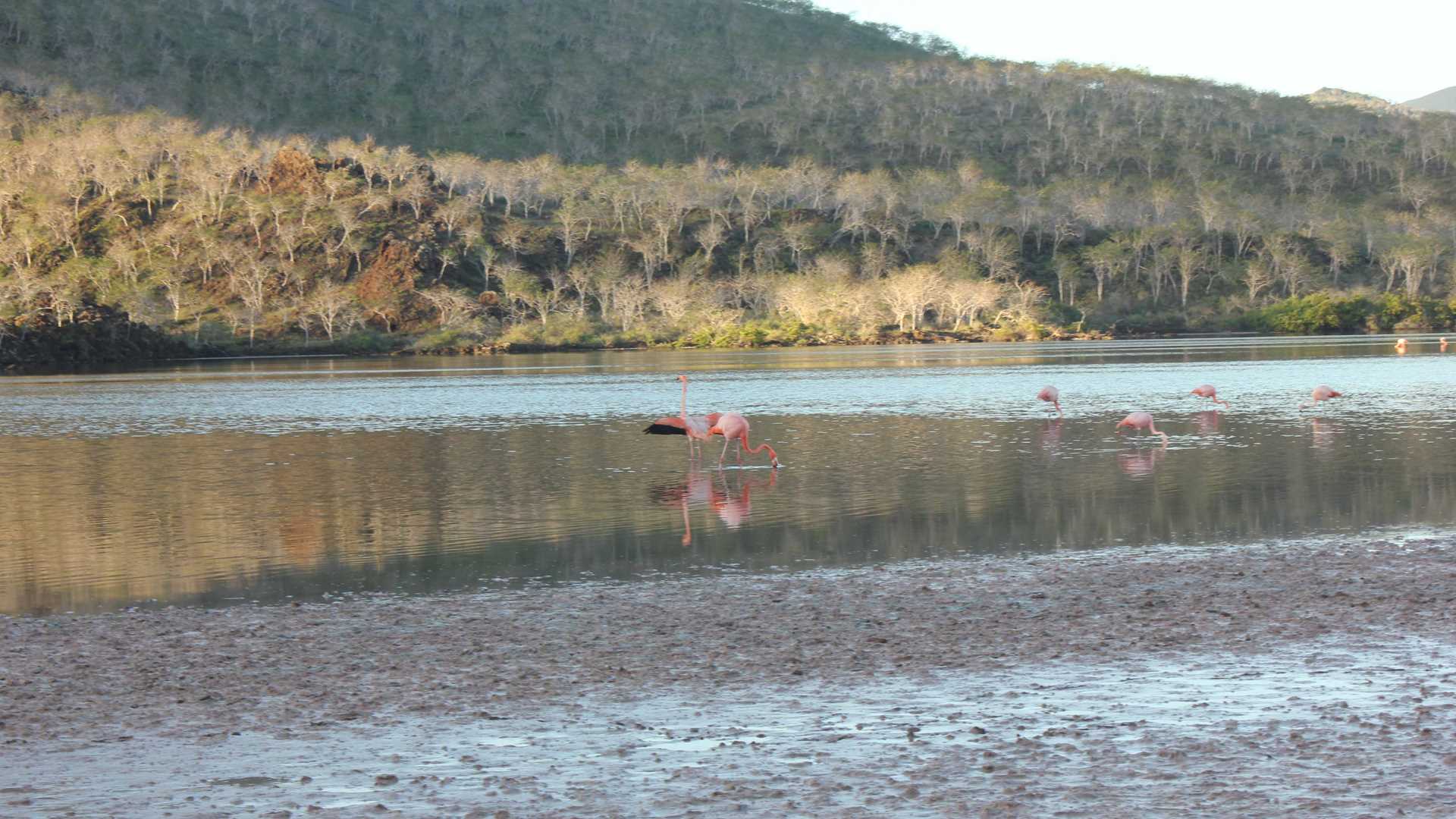In the morning before breakfast we had an early excursion at Punta Cormorant. We landed on a beach with greenish sand, and we had the advantage of the first light of the day for great pictures. There were many flamingos feeding in the brackish water lagoon, and furthermore we were very fortunate to observe a few couples of blue-footed boobies nesting, as well as sally light foot crabs, and Floreana lava lizards. Afterwards we enjoyed a Zodiac ride around Champion Islet, and luckily we got to see the very elusive Floreana mockingbird, among other birds such as lava herons, swallow-tailed gulls, Nazca boobies and blue-footed boobies. In the afternoon we visited a historical site known as Post Office Bay; this is the oldest post office system in the Americas, and our guests had the opportunity to keep the tradition alive by dropping and collecting postcards to be hand delivered.
6/13/2025
Read
National Geographic Endeavour II
Genovesa Island
We started the day with excitement as we landed on the beautiful, pristine coast of Isla Genovesa - a true birder’s dream. Along the sandy beaches and steep cliffs of Darwin Bay, we were surrounded by an incredible array of birdlife. Frigatebirds soared closely overhead with their red pouches on full display, while Nazca and blue-footed boobies nested along the rocky ledges. Swallow-tailed gulls called out as we walked past. In the distance, we saw the stoic and elusive short-eared owl. The island was alive with color, sound, and constant movement. Between our excursions to Isla Genovesa, we snorkeled near Prince Philip’s Steps and discovered a vibrant world beneath the waves. Schools of fish swirled around us, a fur seal turned in the water as if dancing on cue, and sea lions relaxed nearby. As our last snorkeling adventure came to a close, we spotted a sea turtle resting calmly in a crevice. As the sun retreated into the sky on our last return to National Geographic Endeavor II, we reflected on the sheer magnitude of what we witnessed on our last full day. Isla Genovesa, like the other islands, gave us a connection to a sacred world. The harmony between land, sea, and sky reminded us how deeply interconnected, vital, and fragile these ecosystems are. Watching birds tend to their nests and marine life swim effortlessly, we were struck by how little space there is between wonder and reverence. We recognized that our journey wasn’t just about observing unique wildlife, it was about feeling part of something grander and beautifully ancient.







